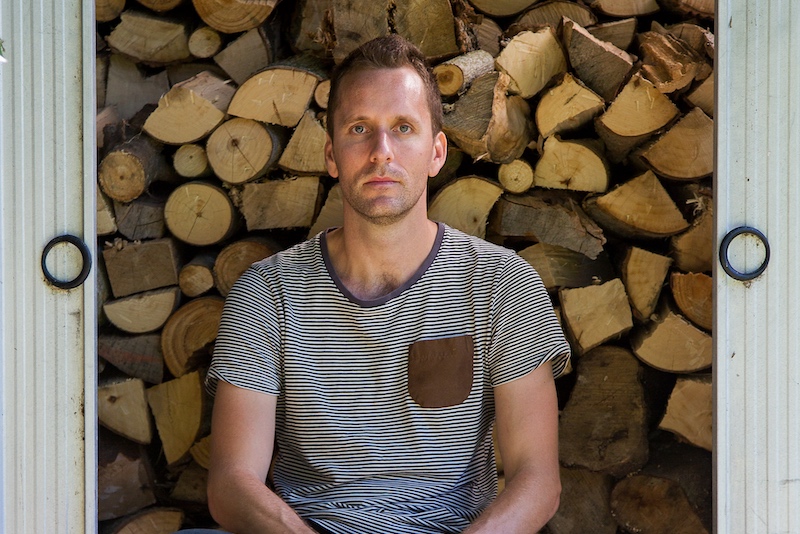Arie Hellendoorn: Controlled Psychedelia
Step inside Arie Hellendoorn’s painterly constellations of shapes, colours, textures and patterns.
Words: Alison Kubler
Photography: Russell Kleyn
No other medium can have suffered such slings and arrows, swings and roundabouts or have had its proponents forced to regularly justify its very existence as repeatedly as has painting? Is there another visual art form that must continually stake a claim for its relevance? Arguably in the hallowed echo chamber that is art historical academia the ‘prob-lems’ with painting persist, and yet even the most cursory visit to any art fair or commercial gallery, international or local, would provide evidence to the contrary, and underline once and for all the redundancy rather of the ‘painting is dead’ argument. Indeed, painting is everywhere.
New Zealand-based, Netherlands-born artist Arie Hellendoorn is an exem-plary painter of extraordinary charm. “I have been painting since about 1994, and the medium of paint has been my primary focus since then. Over years I have worked with other mediums like music, photography and sculpture, and the techniques and attractions of these arts informed my practice as it is today. For example, the attraction of texture, the patterns and imagination of music and the importance of light and composition from photography.” All of these multidisciplinary experiments inform Hellendoorn’s richly detailed paintings, which are a mélange of figuration, portraiture specifically, and abstraction, vibrantly coloured with a nod to op art and numerous cultural influences. The resulting effect is a kind of controlled psychedelia.
Ursula Sullivan of Sullivan+Strumpf (with whom Hellen-doorn shows in Sydney) offers, “His work is at once abstract and figurative and we love this duality. It is also somewhat romantic, his figures and their narratives coming together in psychedelic constellations of shapes, colours, textures and patterns. [Hellendoorn’s] energetic paintings are intentionally strange and distorted – allowing the viewer to create their own narratives.” This space between the figure and the abstract offers the work its tension and intrigue.
Hellendoorn explains, “My interest within the hybrid abstract/figurative painting comes from an idea of the depar-ture from [an] accurate representation of the world around us. Figuration is a very literal presentation of the real, and abstraction is a more bodiless representation of the impos-sible. I am interested in the space between these two sets of ideas, which tends to be more ambiguous in its definition. This allows the work to be more open in terms of how it is read, its meaning and context, and also allows me as a painter to focus on the process of painting.” The open-ended state of the work is its strength; these are paintings designed to reveal themselves over time.
With their almost manic exploration of pattern, Hellendoorn’s paintings metaphorically hum with movement, as though they were animated. “It is human nature to look for patterns in things we see. I draw on patterns in nature to gather ideas to use within my paintings. Everything in the world is made up of complex particles or elements, and when examining objects very close up, you get a glimpse at the details of how things are. Through my painting I like to attempt to represent the microscopic patterns in nature,” the artist explains. As such, shapes form and coalesce and dissipate and reform in the process of looking. A face comes to the fore, before it recedes again. Hellendoorn’s paintings are unpredictable in their effect; he’s a painter to watch.
This article was originally published in Art Collector issue 80, April-June 2017













